Use our comprehensive 12-step page analysis to start straight into the core of SEO. Here we disentangle the science of good SEO from keyword strategy to meta descriptions and from backlink profiles to content relevance. By learning these techniques, you will be in charge of digital marketing and make sure your web pages shine brilliantly in the packed digital market.
Imagine yourself in the coffee niche. Our SEO guide lets you spot:
- Keywords your readers of coffee-loving nature are looking for
- The quality and relevancy of your material to these keywords
- The ranking potential of your website depends critically on your backlink condition.
On top, the cherry is We present to you Plerdy, a first-rate solution for UX and SEO. Plerdy helps you to maximize your pages for Google’s preferred flawless, user-friendly experience.
Accept this all-around manual and explore the large sea of SEO page analysis thoroughly. Time to gather your diving equipment and investigate the expanse of SEO optimization; no magic tricks or secret knowledge. Allow us to do this together.
The Importance of Analyzing Pages for SEO
One of the most essential activities on the SEO terrain is page content analysis. Let’s examine why. Finding high-potential keywords and then smoothly including them prepares a page to flourish in search engine results. Stop short at keywords, though, and you are underselling yourself. The magic is in the mix; value-packed, keyword-infused material enhances already existing material. In the field of environmentally friendly living, for example, a page gains momentum by having interesting statistics, images, and eco-hacks all linked together under goal keywords like “sustainable living” and “zero waste.”
Sort the facts:
- Relevance and Quality: Craft your material to appeal to the readers. An article on “protein supplements” ought to mostly target fitness buffs.
- Link-agents: Use both internal and external links to increase trustworthiness and user navigation.
- Freshness Quotient: Work on your material often. A website on “cryptocurrency trends” calls for a pulse on the most recent changes.
- UX Craftsmanship: Capture readers with a simple design and striking images.
SEO page analysis is really a complex, multifarious dance in which you balance keywords, quality, links, freshness, and UX. Move quickly through these elements; your page will enthrall search engines as well as the people.
12-Step SEO Page Analysis
Approaching the maze of SEO, our 12-step method acts as your torch, lighting every corner of page study. Though it’s not a stroll in the park, armed with this blueprint you will be deftly deciphering the mysterious parts of SEO. Recall that every element, from meta tags to URL structure, counts in this complex dance of SEO page analysis—dotting the i’s and crossing the t’s counts.
1. Setting Clear Objectives
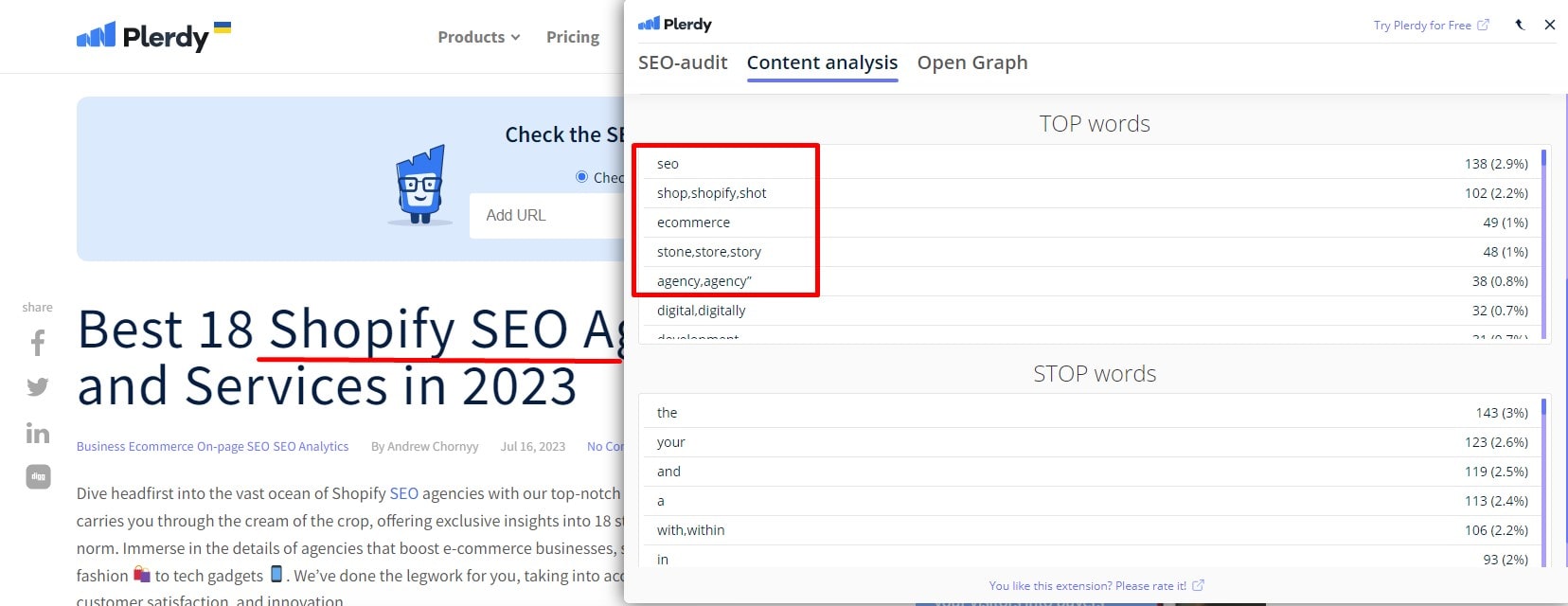
An SEO campaign’s blueprint is built on well defined goals. It’s the cornerstone holding your page, content, keyword, and analysis together. Focus on your target audience and create a road map for what you long to accomplish. For example, a page devoted to “organic gardening” should not only score highly for pertinent keywords but also include fresh ideas that transform beginners into green thumbs.
Here is a road map for plotting your course:
- Describe your audience and carve out your specialty. A page on “vintage watches” should appeal to aficionados and collectors.
- Create S.M.A.R.T. objectives. Simplify your goals to be specifically, measurable, achievable, relevant, time-bound. Using long-tail keywords, let’s say increase natural traffic by 20% over three months.
- Match Content with Keywords: Keywords should enhance the content, not control it. On a “DIY crafts” page, mesh inventiveness combined with relevant keywords.
- Interest and Conversion: Attract your audience with interesting material then close the deal. One might find e-books or courses on “freelance writing” on a page.
Establishing your goals helps you to use the tools to coordinate a harmonic interaction between SEO components. Your page transforms into a symphony—a magnetic mix that draws readers in, captures traffic, and serves its raison d’être. Precision in charting your course will help your material to be unstoppable.
2. Keyword Research in SEO

Keyword research forms the cornerstone of a good SEO effort. Learn the craft of finding the gold nuggets, those keywords with justifiable high relevance and traffic within reasonable competition. If you are creating material for fitness buffs, for example, avoid depending only on “exercise programs; focus on more specialized phrases like “kettlebell workouts for beginners.”
Let us explore the treasure mine:
- Employ research tools: Using tools like Ahrefs or SEMrush, which produce a goldmine of data helping you identify jewels like “gluten-free baking” for a health blog, get a leg up.
- Long-tailed keywords are Fish out larger stretches with deliberate aim. A treasure for a page on wedding planning would be “Affordable wedding venues in Seattle”.
- Examination of rivals: Look for pages in your niche that score highly and reverse-engineer their keyword approach. But don’t rip off; innovate and surpass.
- Seasonal trends: Keep a watch on the calendar. A fashion page might profit from “winter coats for women,” for instance, as the mercury drops.
Equipped with carefully selected keywords, your material turns into a magnetic force attracting readers. It goes beyond mere ranking to really connect with your audience. Sharp keyword research helps your page to tango to the front lines.
3. SEO Competitor Analysis
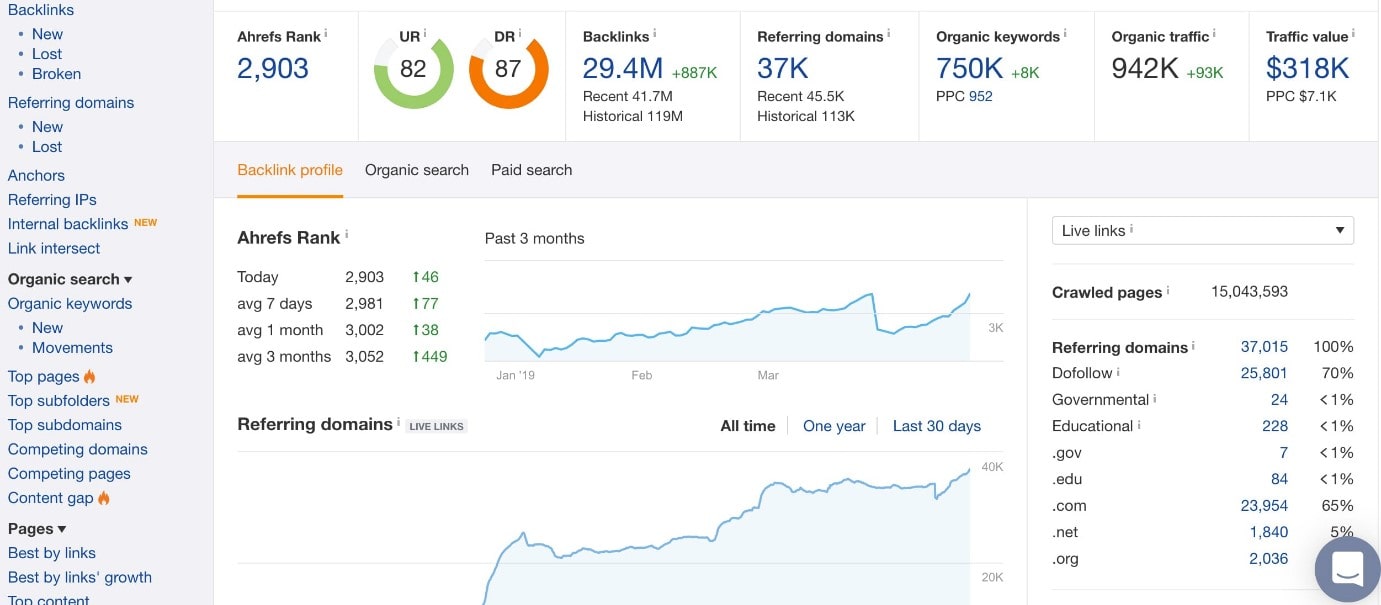
Explore competitor analysis and find the gold mine of ideas just ready to drive your SEO effort. Understanding the tactics of rivals will enable you to create the SEO road map for your own website and content, so producing outstanding results. For instance, if you operate in the pet care area, study how rivals combine additional keywords with “dog grooming techniques” into interesting material. But challenge them, not only copy!
Here is your battle search engine optimization strategy:
- Determine Important Rivals: Look for someone performing particularly well in your niche. In the travel space, you might highlight pages like Lonely Planet.
- Examine Their Material: Examine how closely they connect with their target market. Does a good “smart home” page employ infographics to break out difficult subjects?
- Emphasize on keywords: Go after the terms rivals bank on. If you fall into the skincare niche, maybe “organic anti-aging creams” are your best friend.
- Link analysis is: Check their backlink profile. Are high-authority websites pointing to an article on “High-Intensity Interval Training” on a fitness blog?
- Study Their UX to get ideas. One big appeal is engaging, simple user experience. Snip a leaf from pages that cracked this code.
Don’t just sit on this treasure mine now. Add your knowledge to your SEO plan, and see how quickly your page material surpasses that of the competitors. It’s about understanding the field of play and rising as MVP.
4. On-Page SEO Analysis
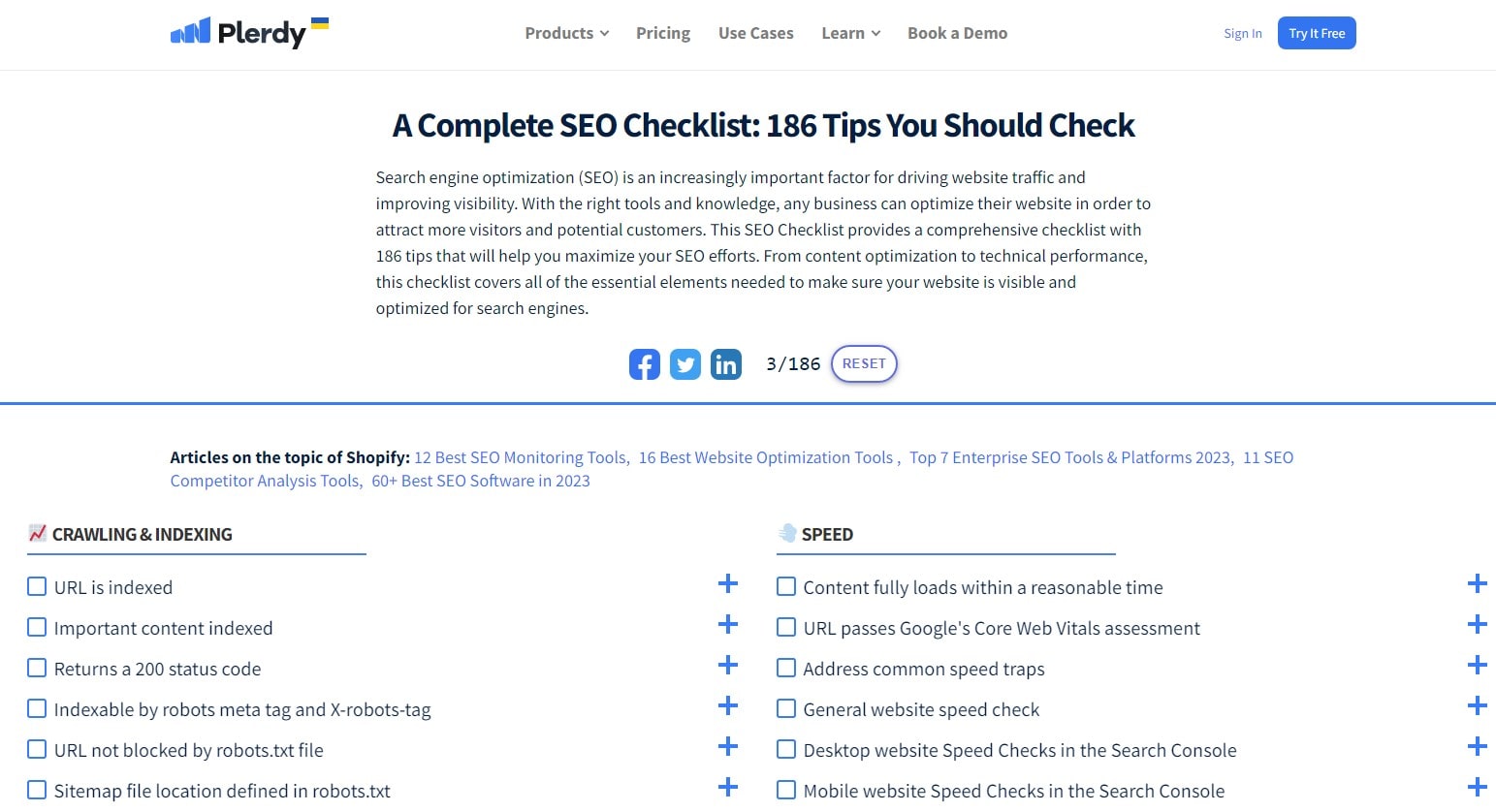
The key is on-page SEO analysis to make sure your material gets the attention it deserves rather than merely glitz. Review the nuts and bolts keeping your page running. Every gear in this machine, from meta tags to URL structure and beyond, is essential. Say you are running a green blog; your on-page components should harmonize to rank for “sustainable living advice.”
Time to get right to rolling your sleeves:
- Title tags and meta descriptions should be crafty but brief. Using “Unleash Vibrant Health with These Superfoods!” a health and wellness website could
- Structure URLs: Create straightforward, logical URLs. A photography page should, for example, target /best-DSLR-cameras rather than /category-123/productX879.
- Image optimization is On a baking site, compress photos and use detailed alt text—like “chocolate cake recipe.”
- Break material into easily consumed chunks with headers. For a smartphone evaluation, a technology review page might split items like “Performance” and “Battery Life.”
Your page should be a tuned machine, every gear working in harmony. Through improving on-page SEO, you open a path for your material to climb to SEO fame. As in writing a symphony, the music is unforgettable when every note is in place.
5. Content Relevance and Quality

The lifeblood running through your website, coursed with the passion to enthrall readers, content relevance and quality. Make sure your material speaks to your audience and not just looks good with keywords. For instance, a blog about home improvements should produce perceptive “DIY plumbing repairs” pieces for use by homeowners.
This is how to create material that really connects:
- Audience-Centric: Emphasize the interests of your audience. A fitness page should sparkle with exercise programs that fan the passion of gym-goers.
- Authoritative Information: Provide credible, properly investigated material. A page dedicated to mental health could provide professionally supported coping mechanisms advise.
- Engagement Devices: Add images, infographics, even podcasts. A travel blog might, for example, feature interesting travel stories or breathtaking images of locations.
- Freshness Factor: Keep material current. The material on a tech review page should be updated often with the newest devices.
Excellent material that is both relevant and captivating transforms your website into more than simply an SEO magnet; it becomes a treasure chest visitors just cannot get enough of. Make sure every component of your material connects with the audience to produce a masterwork that captivates them, just as a maestro leading an orchestra would do.
6. Internal Linking Structure in SEO

SEO internal linking structure is like a complex web spun precisely to provide a flawless user experience across your site. This close-knit tapestry guarantees that readers delve into the depth of your material rather than just glace over it. An article on “vegan recipes” on a food blog, for instance, might link to related articles including “benefits of plant-based diet.”
SEO plans your internal linkages:
- Contextual links: Weave in those that naturally enhance the material. An online bookshop might link a review of a science fiction work to a page on the author’s bibliography.
- Navigating with hierarchy and direction: Create a formal hierarchy. A fashion e-commerce website might contain a primary page for “Men’s Clothing” branching into “Suits,” “Casual Wear.”
- Precision of Anchord Text: Make use of descriptive anchors. Use “mastering shutter speed” rather of a generic “click here” for a page teaching photographers.
- Keep a reasonable count of links; steer clear of overloading pages.
The secret sauce that not only improves your SEO but also stimulates the interest of your viewers by a well-written internal linking structure. Like organizing the chapters of a suspenseful book, every link turns a page and transports the reader into the engaging narrative your work presents.
7. Backlink Analysis
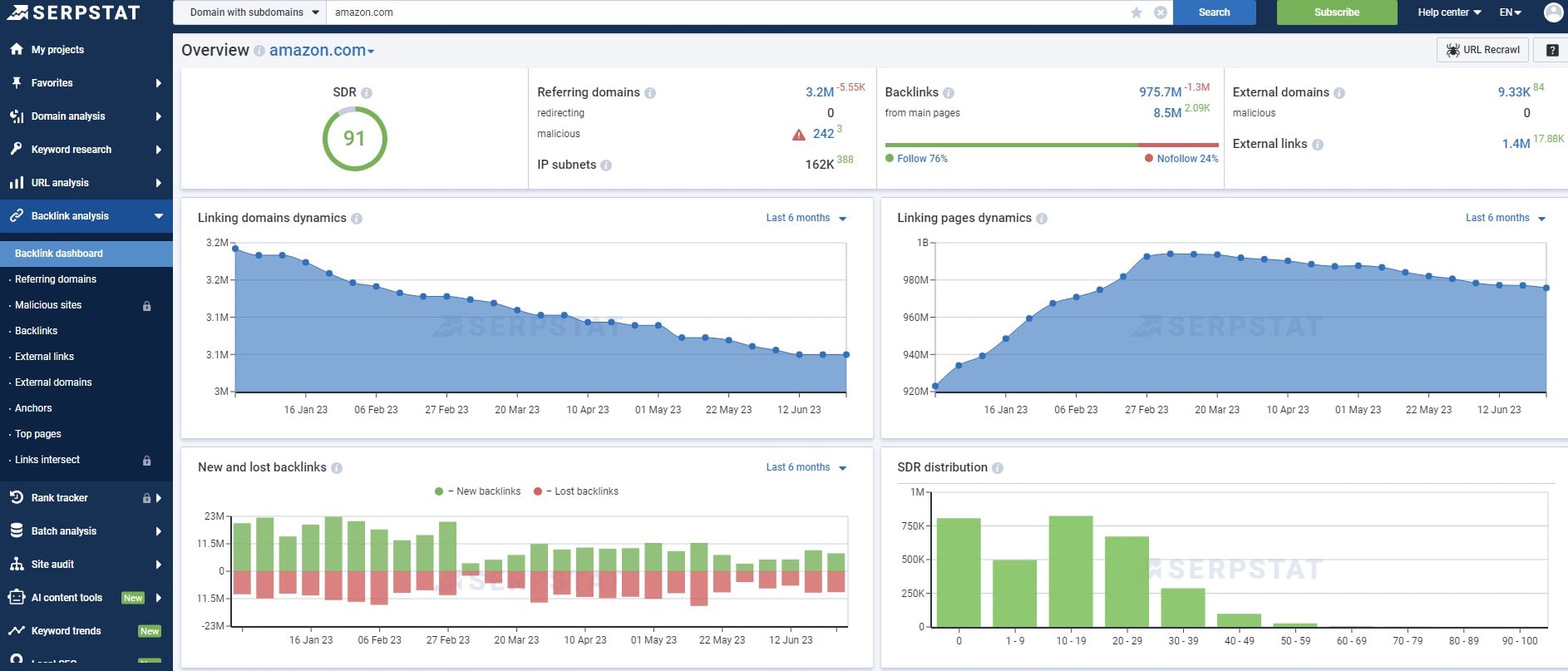
SEO backlink analysis is like deciphering a secret treasure map to guide your site to the much sought-after golden chest of great search engine results. Strong bridges transporting a stream of authority and relevance are the quality and variety of sites linked to yours. For example, a fitness blog develops muscle from backlinks from credible health and wellness sites.
Perfect your backlink SEO plan:
- Superior quality above mere count Zero in on finding backlinks from credible sites. Links from educational institutions would be the cornerstone of an e-learning platform.
- Mix it up by securing links from many domains to create a diverse link profile. Backlinks from chains like hotels, airlines, and travel gear retailers will help a travel blog.
- Harness pertinent anchor texts that reflect your keywords to maximize them. Use fashionable running shoes instead of “click here” for an online shoe store.
- Search engine optimization monitor and overhaul Watch your backlink profile with eagle eye and disavow spammy or low-quality links.
Your page wears the crown of legitimacy and power with a painstakingly sculpted SEO backlink analyzing approach. It’s like arranging a symphony in which every backlink notes to harmonize the performance of your site in the unrelenting ballet of search engine results. This grace puts your site sailing on the calm seas of online prosperity.
8. Mobile Friendliness
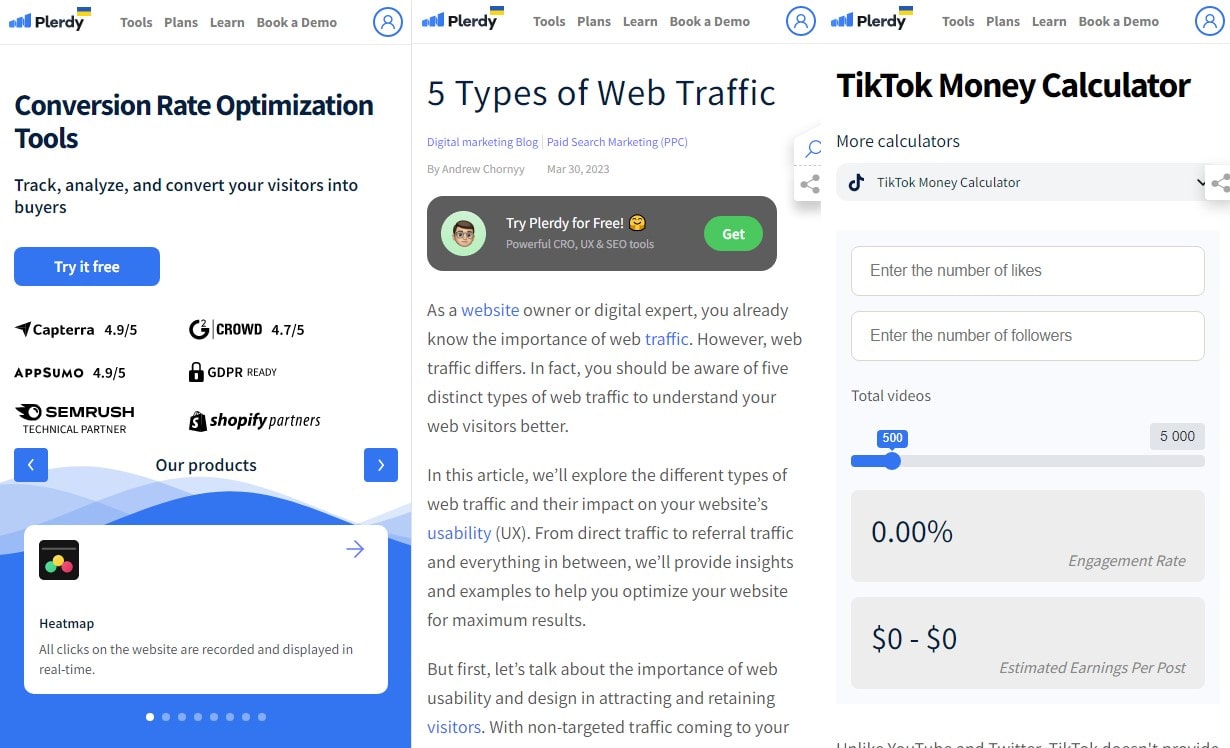
Mobile friendliness is the golden thread running throughout the fabric of modern SEO; it puts the power in the pockets of your audience. Consider an e-commerce store for example. Shoppers will be joyfully opening their digital wallets on a lightning-fast mobile page displaying elegant product graphics and whisking visitors through the checkout process.
Tick these boxes to get excellent mobile SEO:
- Make sure your content moves easily to fit different screen widths with responsive design. Think of a news portal; clear readability on any device indicates user retention.
- Use browser caching, compress pictures, and simplify codes to save valuable seconds off load times.
- Nothing intrusive Shun pushy pop-ups that choke content on mobile devices. For a food blog, let recipes and beautiful pictures front stage.
- Create a simple interface with easily tapped items to navigate. A music app should enable users access playlists free from friction.
These components working together makes your page a shining example of mobile usability. This is the alchemy that turns casual guests into passionate followers and launches your page skyward via search engine results. Mobile friendliness is ultimately the pivot point around which your SEO efforts turn.
9. User Experience (UX) Analysis
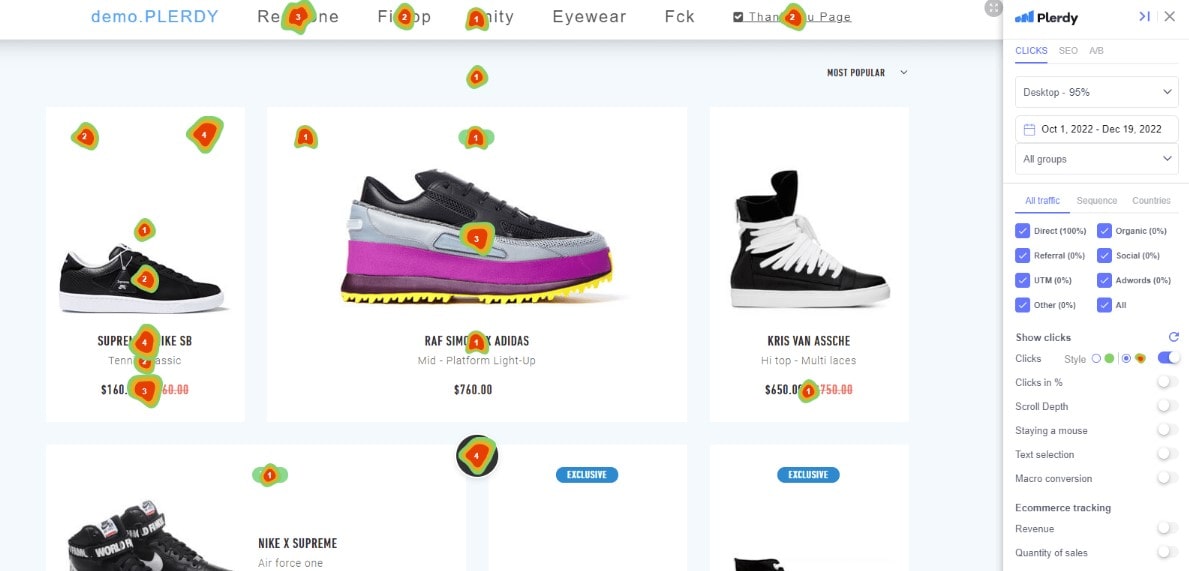
Analysis of user experience (UX) is the magic that captivates visitors of your page. Regarding SEO, it’s like adding a charm that makes your material enticing. Consider a vacation blog, which will take readers to far-off locations by deftly combining captivating narratives, striking images, and easy-to-use design.
Main components of a magical SEO and UX:
- A fluid and easy-to-use layout guarantees that guests will glide over your material. Categories and filters in an online fashion boutique should be within close access.
- Enchant with rich, interesting material. The website of an art gallery can enthrall with high-quality photos and gripping narratives of the artists.
- Time is of the importance in load times. Keep your code concise, use browser caching, and optimize pictures.
- Responsive design will help you to let users on the go. A meal delivery company has to make sure orders may be quickly entered from any gadget.
Including these UX components along with keyword analysis guarantees that your material appeals to search engines as well as users. A well tuned UX combined with smart SEO techniques will entice your audience to keep returning for more. It’s clever strategy, not wizardry.
10. Social Media Integration

Integration of social media is like the gasoline driving the reach of your site over the digital world. Your page and social media channels together help to open the way for traffic to run in both directions. Imagine a neighborhood bakery: by posting mouthwatering pictures of pastries on Instagram and pointing followers to their website, they can increase foot traffic and web orders.
Two main strategies for adding social media into your website:
- Sharing Buttons: Strew social sharing buttons across your work. As users post original crafts on Pinterest, a do-it-yourself blogger can increase their visibility.
- Add live feeds from your social media outlets. From a live Twitter feed, a musician’s site throbbs with life.
- Login via social media: Lead sign-ups and log-ins from social network accounts. This connection might simplify user access through a gaming forum.
You sweep more broadly in the SEO sea by including keywords into social media posts and timing them with the content of your site. A well-made social media integration not only brightens your page but also strengthens the fort in your continuous SEO campaigns. Use the social media synergy to see your digital empire grow.
11. SEO Monitoring and Reporting
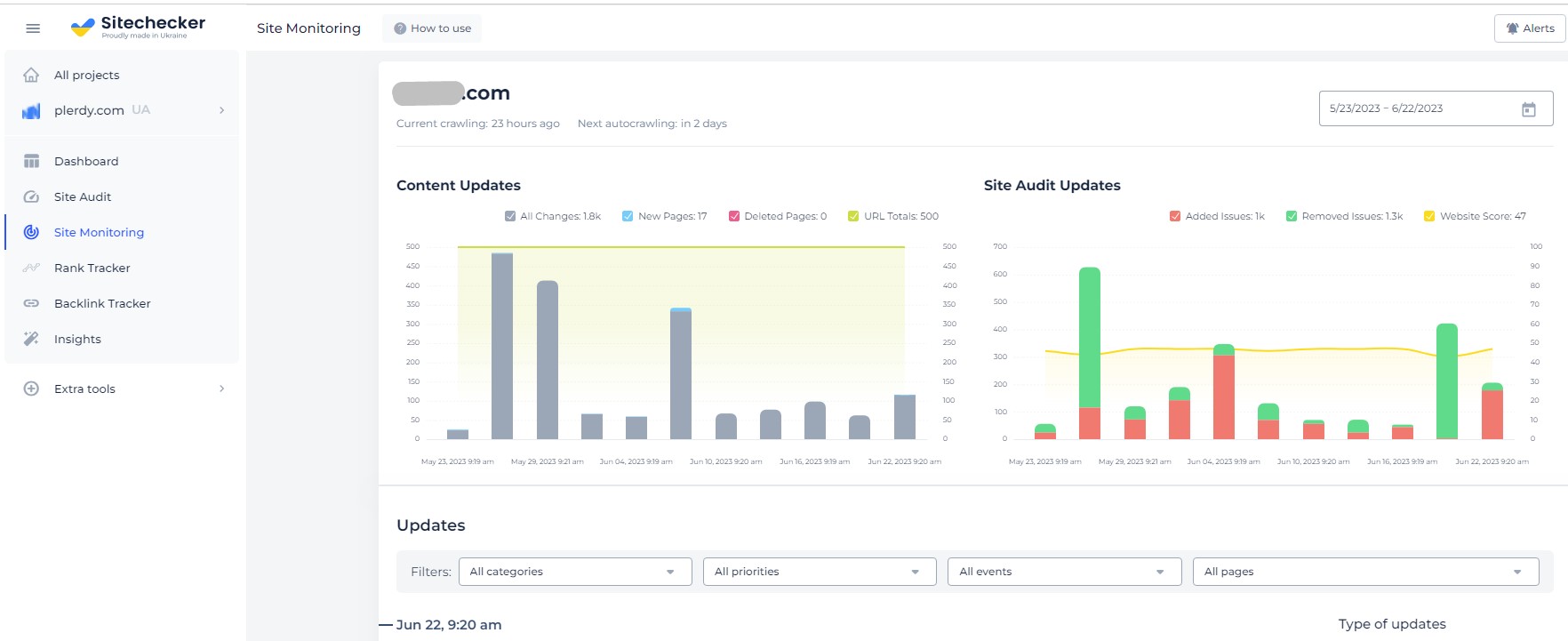
A great SEO strategy is built mostly on SEO monitoring and reporting. Like a racecar’s dashboard, you have to continually check the dials to make sure everything is working as it should. Consider a clothes online retailer, for instance. Maintaining an eagle-eye on page statistics reveals important data from which products are hot to regions where the website can be lagging.
Essential resources and strategies for reporting on and monitoring SEO:
- Google Analytics 4: Analyze user behavior, traffic trends, and draws priceless insights.
- Google Search Console: Track website errors, assess natural search results, and improve exposure.
- Plerdy heatmaps: See how users of your website interact. This would help a digital magazine identify which pieces appeal to readers.
Smart study of keyword results shows how your material compares to rivals and points out chances to improve your website. When combined with sharp reporting, this information becomes your GPS, guiding your SEO effort to the territory of better ranking and exploding traffic. The cardinal rule in the throbbing, always changing world of SEO is straightforward: maintain watchful, track, and employ data-driven insights to construct your route to supremacy. Constant monitoring and reporting will help you to ignite your SEO engine, therefore guiding you toward digital success.
12. Ongoing Optimization

SEO continuous improvement is like maintaining a high-performance sports car in top shape; you have to constantly adjust the engine. For a travel blog, that means making sure the material is current, page performance is lightning-fast, and the keywords exactly match traveler interests.
Your arsenal for ongoing SEO fine-tuning is here:
- Content Refresh: Review your pieces often. A technology blog should, for example, match the most recent releases with its gadget reviews.
- Changing title tags and meta descriptions will help to increase click-through rates.
- Compression photos without sacrificing quality will help to keep visitors interested and slash loading times.
- Constant adaptation of the site for flawless mobile use will help to ensure that the income of your online store depends on it.
Your guiding star should be page performance analysis, which helps to steer constant improvements. Remember also to maintain your finger on the pulse of the most recent SEO changes. Search engine algorithms and SEO are dynamic; neither should your efforts at optimization. Get ready for an unrelenting path of improvement, study, and correction. Though it’s an infinite racetrack, you’ll lap the competition with commitment and smart continuous improvement.
Using Plerdy Products to analyze the content of SEO pages
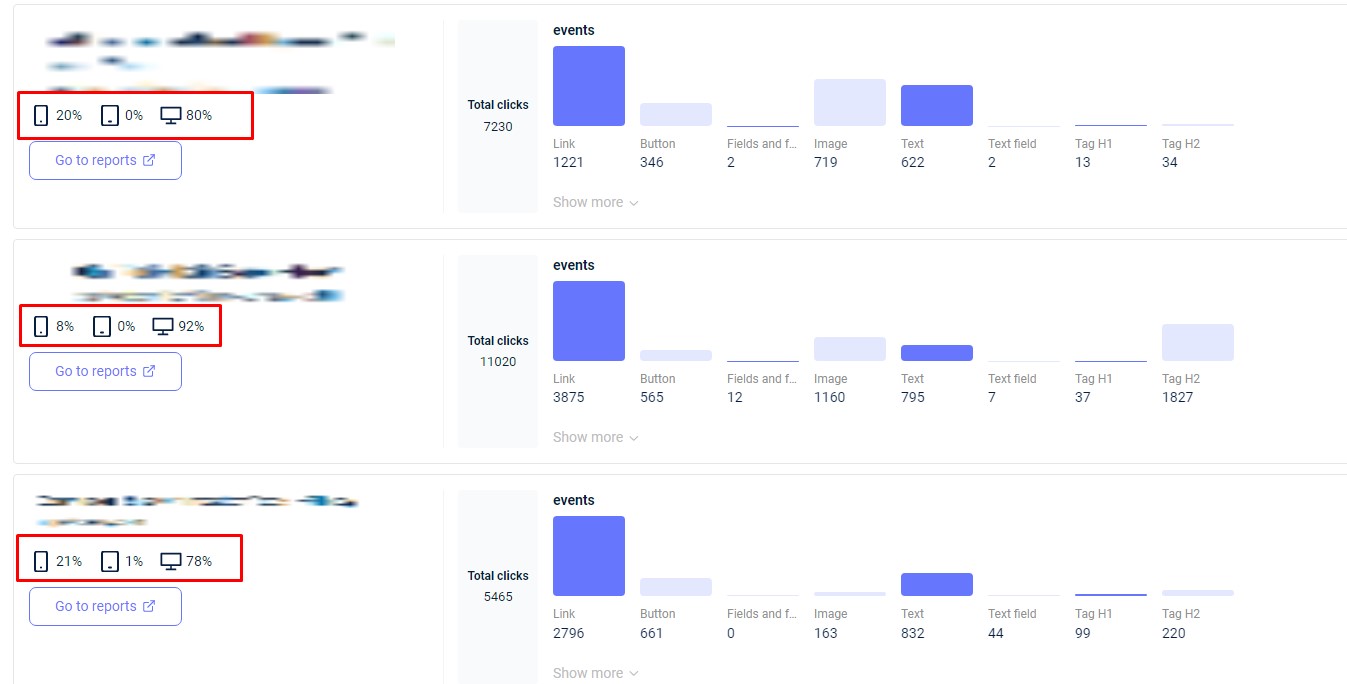
Plerdy and Page Content Analysis present the red carpet to the extravagant dinner of insightful advice. Taste the great flavors and create a delicious brew to please the most discriminating tastes in the SEO sector. Using these delicious morsels will help you to fully express yourself.
- Explore Heatmaps: Using Plerdy’s heatmap, highlight the hotspots on your pages—attention and clicks.
- Ascend the Keyword Tree: Find high-yielding keywords, particularly for specialist markets like handmade teas.
- Plan your SEO journey: Lay anchor at the boundaries of ideal search engine optimization standards.
- Populate Tags Tactually: Sync tags with content, as in recipe pages.
- Create precise meta descriptions. Court curiosity based on meta descriptions.
- Present structured data. Present information like a cheese platter using structured data.
- Add internal links to sprinkle things. Cross-reference your material, much as wine combinations.
- Use Click Path Analysis to follow the breadcrumb path of user navigation.
- Track the change from visitor to patron to untangle conversion paths.
- Tinker With Titles: Etch enticing titles calling to be explored.
- Balance Content Types: Combine photos, videos, texts – much as in a cocktail’s ingredients.
- Accept responsive design; a fluid layout is like a banquet with all you could devour.
Use Plerdy to help you to clearly understand page content analysis. Uncork the vintages, unfold the charcuterie, and appeal to the aficionados with a perfect mix of SEO, content, and keyword artistry as an owner of an artisan cheese business. Good food!
In conclusion
It’s time to grab control and get your hands dirty as the last scene closes on our “SEO Page Analysis: 12 Step Guide.” Every page is a cosmos, a complex hub of keywords, content, meta tags, and backlinks – all significantly influencing your SEO efforts as we have untangled.
Using this approach, you’re not only passing muster; you’re using a thorough SEO assessment, ready to interact with every element of your website from the bottom up. Like reading the DNA of your website, every gene has a different function in the overall SEO scene.
Consider it as your toolkit to handle SEO page analysis: a checklist, a guide, a road map, Plerdy – your compass and helper in the complex dance of SEO & UX. Plerdy is an all-in-one SEO & UX analysis tool that lets you track sessions, create reports, and find the source of your leads—not only a checker for SEO. Tailored to your company’s requirements, Plerdy is the co-pilot you need on your SEO trip.
Using Plerdy, embrace this 12-step plan and you will be reading SEO one page at a time, like a book. Ahead and upward!
